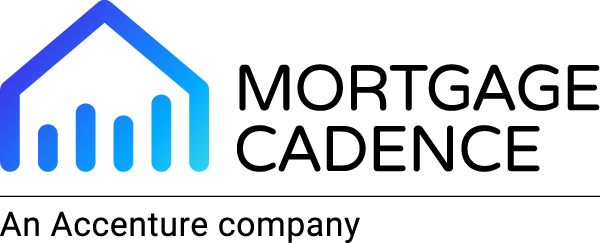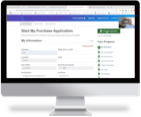The median home sales price has risen dramatically since COVID, with data from the St. Louis Fed showing a median sales price of $317,100 in 2020 rising to a high of $442,600 in the fourth quarter of last year. Sales prices have been somewhat flatter in 2024, but home values continue to rise.
Zillow puts the average home value at $361,282 today, which the company says is up 2.9% over this time last year. For homeowners who purchased their home in 2020 or before, this is great news.
The result of the nation’s home price appreciation is a staggering $11.5 trillion in tappable home equity across the United States.
This enormous figure represents a wealth of opportunities for both lenders and homeowners. As we move into the fourth quarter of this year and look ahead to the next quarter, the home equity lending landscape is poised for promising developments.
A Surge in Home Equity Lending
Lenders have been watching home prices rise and have been aware that home equity is building up, but while there was still more lucrative purchase money and refinance transactions to be had, home equity received little attention. These products fall primarily into the hands of depositories.
While lower interest rates are expected to bring more home seekers to market in the coming months, many lenders are seeking additional loan volume now through any channel. This may be why we are now witnessing a significant surge in home equity lending.
From second mortgages to Home Equity Lines of Credit (HELOCs) and reverse mortgages, homeowners are increasingly tapping into their property's value to meet financial needs. There are plenty of reasons that borrowers are interested in these products.
Meeting the Needs of Today’s Borrowers
The rising interest in home equity products comes when credit card debt is reaching all-time highs. Interestingly, while many borrowers are cautious about home equity loans due to their higher costs compared to primary mortgages, they often fail to compare these rates with their credit card interest rates.
This disconnect presents an opportunity for financial education and potential debt consolidation strategies.
As we anticipate a potential decrease in primary loan interest rates, homeowners face a strategic decision: should they consolidate their high-interest debts now using home equity products, or wait for more favorable refinancing options in the future? The answer, experts say, depends entirely on the homeowner's unique financial situation.
Several factors come into play when considering home equity lending. Loan officers who can discuss these options with prospective HE borrowers will win more business.
Cost of accessing equity
Homeowners need to carefully evaluate the fees and interest rates associated with different home equity products.
Tax implications
Unlike some forms of debt, home equity is not considered income and thus not taxable, which can be advantageous for many borrowers. If the funds aren’t used on the home, however, they cannot write off the interest as they can with a primary mortgage.
Demographics
A significant portion of the $11.5 trillion in tappable equity is held by older homeowners, making reverse mortgages an attractive option for this demographic.
Economic indicators
Rising defaults in auto loans, particularly those originating from pandemic-era government stimulus, signal broader economic pressures that may drive interest in debt consolidation.
Loan officers aren’t required to become financial planners to help borrowers understand home equity, but they should understand the borrower’s needs and options. For many borrowers, a home equity loan or line can be a great solution today.
The best part is that lenders do not need to invest in a new technology platform to originate home equity products. The Mortgage Cadence Platform (MCP), the next-generation LOS from Mortgage Cadence, has everything the lender needs to originate traditional forward, reverse, or home equity loans.
If you’re ready to take advantage of this rise in tappable home equity and help more borrowers without having to maintain two or more LOSs, reach out to us today.
By George Morales, National Sales Director at Mortgage Cadence
Want more?
Follow us on LinkedIn to be notified when our next article is released.
Media Contacts
Mortgage Cadence:
Alison Flaig
Head of Marketing
(919) 906-9738



